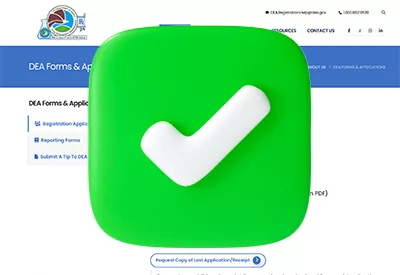Buprenorphine Induction Using Long-Acting Injection
Noah Capurso, MD, MHS. Dr. Capurso has no financial relationships with companies related to this material.
STUDY TYPE: Nonrandomized prospective feasibility trial
Clinicians managing opioid use disorder (OUD) face a common clinical challenge: Patients need to be in moderate opioid withdrawal before starting buprenorphine to avoid precipitated withdrawal (for more on the induction process with sublingual [SL] buprenorphine, see CATR Nov/Dec 2021). This requirement can create a significant barrier to treatment, especially in the emergency department (ED) and other acute care settings where extended observation is not practical. The challenge has become even greater with the increased prevalence of illicit fentanyl, which now dominates the drug supply and carries a higher risk of precipitated withdrawal.
Could long-acting injectable buprenorphine provide a solution? The theory makes sense—injectables reach peak serum levels more slowly than SL formulations (24 hours versus 1 hour for SL), potentially allowing earlier administration with lower risk of precipitated withdrawal.
To test this approach, researchers recruited 100 adults with OUD who were being treated in the ED for opioid use. They all had minimal withdrawal symptoms (Clinical Opiate Withdrawal Scale [COWS] score <8) and therefore were not yet eligible to receive SL buprenorphine. Instead of waiting for moderate withdrawal, researchers gave participants a 24 mg injection of weekly extended-release buprenorphine (Brixadi). Patients were monitored for four hours post-injection for precipitated withdrawal and subsequently followed daily for seven days.
The results were promising. Only 7% of participants experienced precipitated withdrawal within 4 hours, comparable to rates seen with standard SL induction (Gregory C et al, Addiction 2025;120(1):7–20). Notably, the percentage of participants who developed precipitated withdrawal varied significantly based on starting COWS scores: 13.5% in those with very low scores (0–3) versus just 3.2% in those with scores of 4–7. The incidents of precipitated withdrawal, as well as a single instance of nausea and vomiting, were the only adverse effects attributed to the medication.
Participants also generally did well in follow-up. Most (78%–85%) reported no opioid use on any given day during the week following injection, and 60% remained completely abstinent throughout the follow-up period. By day 7 after the injection, 73% of participants had engaged in ongoing OUD treatment and were receiving some form of buprenorphine.
Though the results seem promising, note that this was a small non-blinded study without a control group conducted in a single ED. Further studies will have to be performed in order to determine the generalizability of these results.
CARLAT TAKE
This study shows that injectable buprenorphine can be used to initiate treatment for OUD with minimal risk of precipitated withdrawal. More research is needed before this approach becomes standard practice, and the cost of injectable formulations remains a barrier. Nonetheless, consider this strategy for patients using fentanyl who are otherwise difficult to engage or very sensitive to withdrawal, especially if they present to acute settings with mild symptoms of withdrawal (COWS 4–7).

Newsletters
Please see our Terms and Conditions, Privacy Policy, Subscription Agreement, Use of Cookies, and Hardware/Software Requirements to view our website.
© 2025 Carlat Publishing, LLC and Affiliates, All Rights Reserved.


_-The-Breakthrough-Antipsychotic-That-Could-Change-Everything.webp?t=1729528747)



